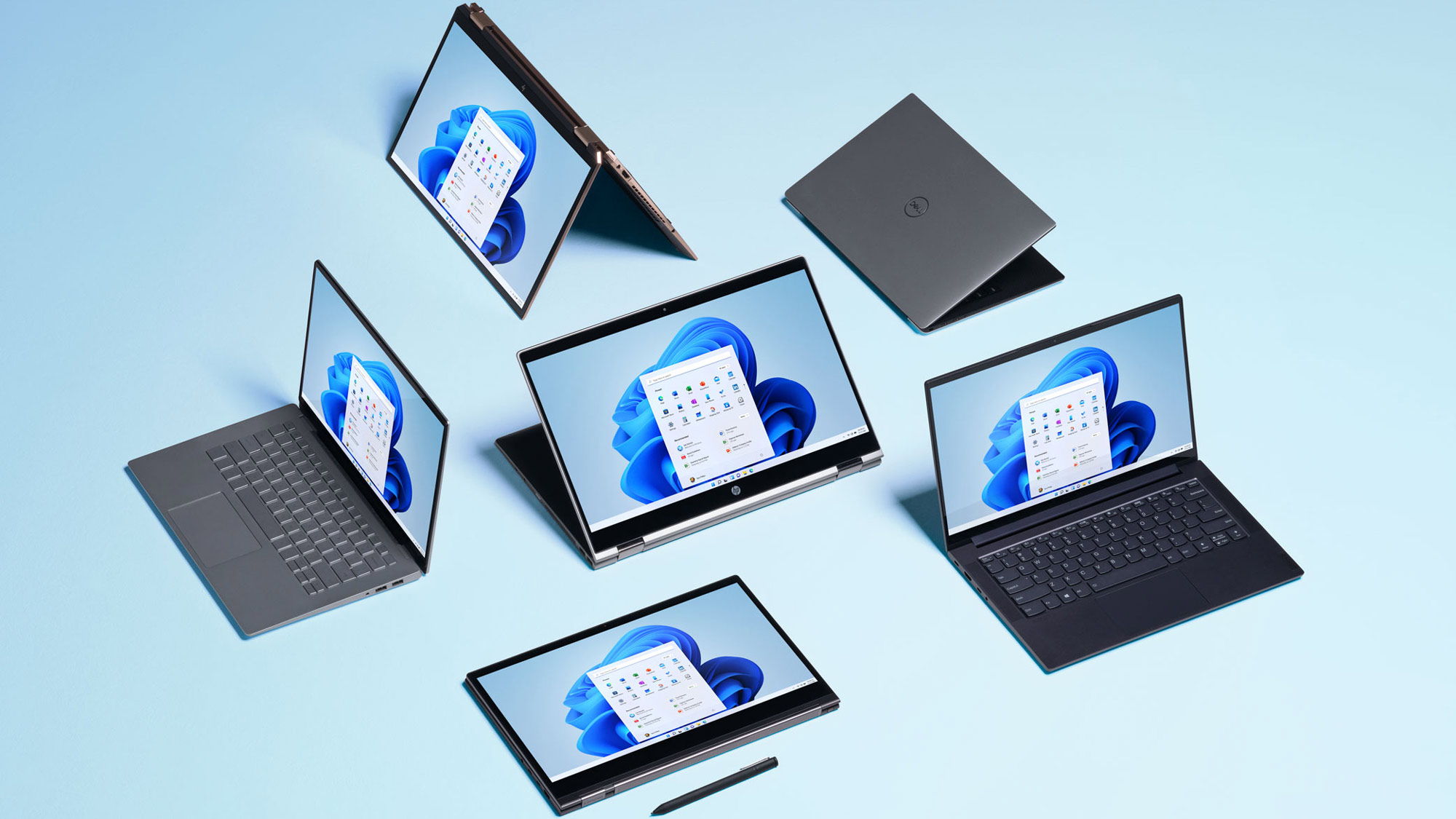
With Windows 11 set to come out later this year — possibly on October 20 — Microsoft is continuing to trickle out bits of information about the upcoming operating system.
One such bit of intel comes way of the Microsoft Developer Blog (via The Verge). The post reveals that Windows 11 will introduce Dynamic Refresh Rate (DRR) for screens, which will automatically switch between lower and higher levels as a means of maximizing battery life.
- Windows 11 release date, beta, requirements and all the new features
- Windows 11 vs Windows 10: Here's what's new
- Plus: HP Pavilion Aero 13 is company’s lightest consumer laptop ever
"With a Dynamic (60Hz or 120Hz) mode, your display will refresh at 60Hz for everyday productivity tasks, such as email, writing a document, and so forth to conserve battery life," said Ana Marta Carvalho, a program manager at Microsoft. "It will then seamlessly switch to 120Hz for tasks such as inking and scrolling, to provide a smoother and more responsive experience."
The feature is slowly being rolled out to more Microsoft apps. For programs like Microsoft Office, Edge and Whiteboard, this will translate to smoother scrolling and pen strokes when drawing.
Of course, it should go without saying, this feature will only work on displays that can output higher refresh rates. Users will need a laptop or monitor that outputs at a rate of at least 120Hz.
Interestingly, the post doesn't mention if it will work with even higher refresh displays. While 120Hz is more than enough for most people, there are gaming laptops that are pushing screens up to 300Hz. Considering the blog post said users will need a display with "at least" 120Hz, it's likely Microsoft will introduce functionality for 300Hz screens in the future.
To try this out for yourself, you'll need to sign up for the Windows Insider Program. This allows users to download in-development updates (including the Windows 11 preview) before they go live to the wider public. Instructions on how to enable VRR can be found at the blog post linked above.
Sign up to get the BEST of Tom's Guide direct to your inbox.
Get instant access to breaking news, the hottest reviews, great deals and helpful tips.
Imad is currently Senior Google and Internet Culture reporter for CNET, but until recently was News Editor at Tom's Guide. Hailing from Texas, Imad started his journalism career in 2013 and has amassed bylines with the New York Times, the Washington Post, ESPN, Wired and Men's Health Magazine, among others. Outside of work, you can find him sitting blankly in front of a Word document trying desperately to write the first pages of a new book.

